
New DNA Evidence Found In 1993 Sydney Gay Hate Murder Of AC/DC Manager Crispin Dye

Thirty years after AC/DC Manager Crispin Dye died in Sydney in a suspected hate crime, a gay hate inquiry heard a person of interest has been identified following forensic examination of previously untested evidence.
Supreme Court Justice John Sackar is heading the special commission inquiring into unsolved anti-LGBTQI hate crime deaths that took place in Sydney and NSW between 1970 and 2010
Earlier this year Dye’s clothes, including his blood-stained jeans and a denim shirt, were sent for forensic testing for the first time in three decades – NSW Police had never sent the items for DNA testing.
NSW Police’s Extraordinary Failure
Senior counsel Peter Gray and Meg O’Brien, counsel assisting the inquiry, in their submissions, termed it an “extraordinary” failure on the part of the police for failing to find important evidence, including pieces of paper in the Dye’s pockets or send the clothes to check for DNA evidence.
Dye (41) was found unconscious and lying on his stomach in the laneway behind Kinselas nightclub on Oxford Street in Sydney in the early hours of December 23, 1993.
The former manager of rock bands AC/DC and Rose Tattoo was visiting his mother in Sydney for Christmas. He had been out drinking with friends in and around Oxford Street to celebrate the release of his first solo album under the name Chris Kemp.
Witnesses recalled seeing a group of three men near Dye, who died two days later of his injuries in hospital on Christmas Day.
An autopsy found Dye had been hit on his face and side of his head with a blunt instrument.
New DNA Evidence Linked To Man
In June, the special commission was told that the police failed to notice two pieces of paper folded in the top left pocket of Dye’s shirt. One had a handwritten name and a number, while the other was found to have a mark that was subsequently confirmed to be a bloodstain.
On Tuesday, the commission heard that the DNA obtained from the blood stain on Dye’s jeans matched an accused from another crime scene – the man, whose name was suppressed, had allegedly committed a break-and-enter-ands-steal at a Sydney Glenwood premises in February 2002.
The same man was arrested in 1993 for assaulting another person with an iron bar and in 1994 for allegedly assaulting a German tourist near Kings Cross. The man, who was named a person of interest before the inquiry, died by suicide in 2002.
The counsel assisting said that while it was not possible to draw any conclusions regarding the man’s role in Dye’s assault and death, the existence of his DNA within a bloodstain on Dye’s jeans “is consistent with his having made physical contact with Dye on the night he was assaulted. ”
And the presence of the man’s DNA inside the surfaces of Dye’s pockets indicates that “his hands were inside Dye’s pockets the night he was assaulted.”
Original Police Investigation Criticised
“The Inquiry’s identification of (the unnamed man) in 2023 as a person of interest in relation to the death of Mr Dye in 1993 demonstrates the importance of ensuring the timely and repeated forensic testing of exhibits, even in what are called cold cases,” the counsel assisting said.
“It is regrettable that in Mr Dye’s case, this step was not taken at any time after December 1993 until 2023, by which time, (the person of interest) has now died and relevant records have been lost or destroyed. Those factors make it, for obvious reasons, significantly more difficult to pursue these leads,” the counsel assisting submitted.
The commission heard that partial DNA of an unidentified male had also been found on hairs found Dye’s T-shirt.
The police’s investigations into the case came in for criticism.
“What is particularly troubling about this is that the pieces of paper found by the Inquiry in Mr Dye’s shirt pocket and the other pieces of paper that would have been in his pocket may have been a source of fingerprints or DNA, which, in turn, may have provided the police with information about Mr Dye’s assailant or assailants,” the counsel assisting submitted, adding, “if the police had carefully examined Mr Dye’s clothing at the time of the original investigation, the white card would inevitably have been found, and more informative fingerprint or potentially even DNA results might have been able to be obtained, if not at the time, then certainly subsequently.”


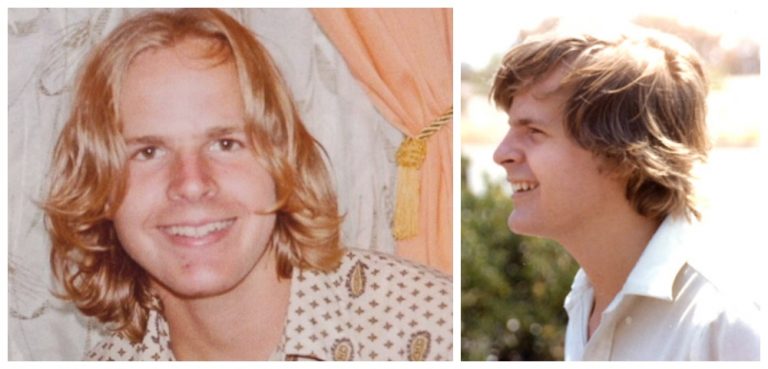
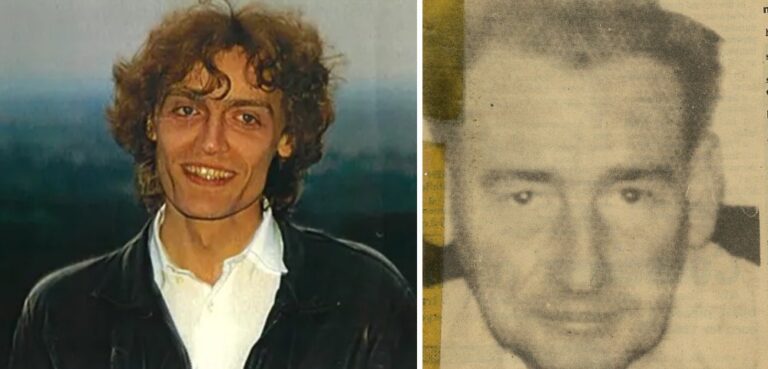
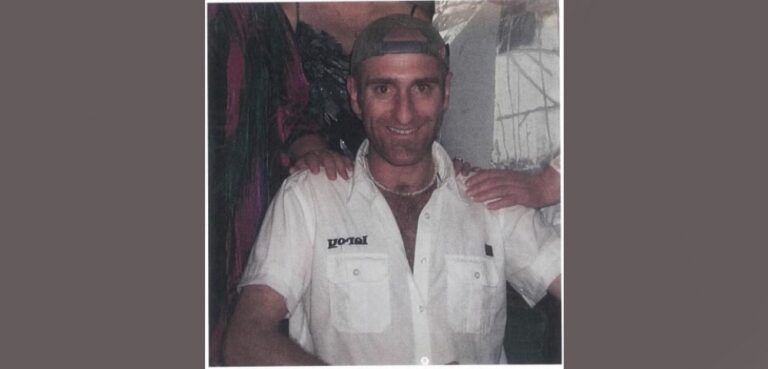



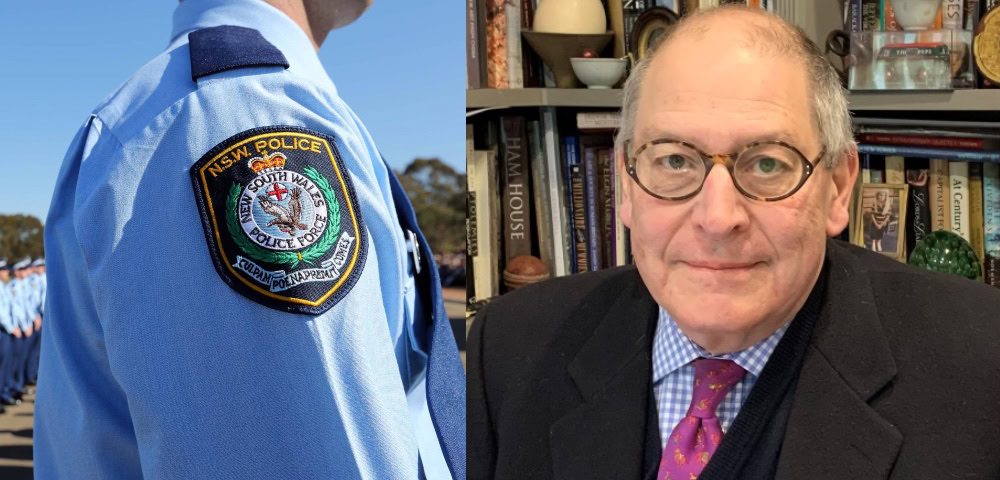
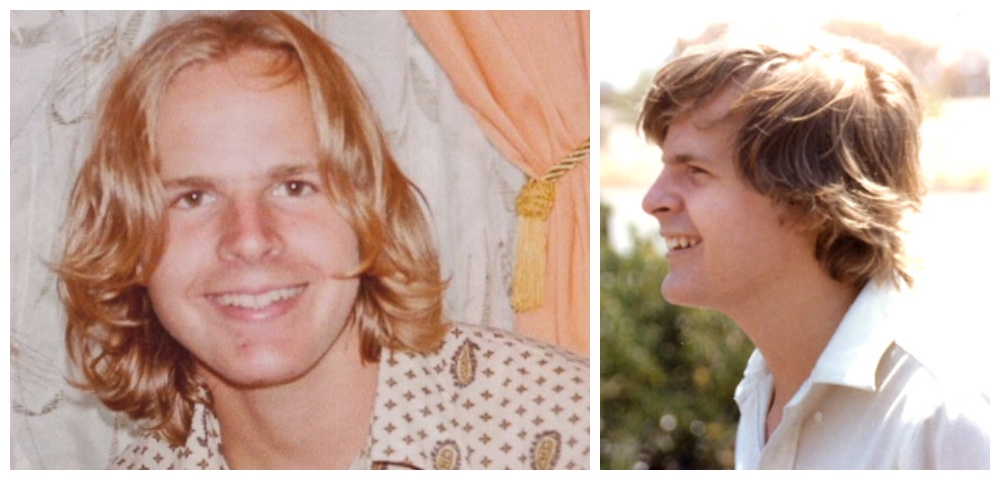
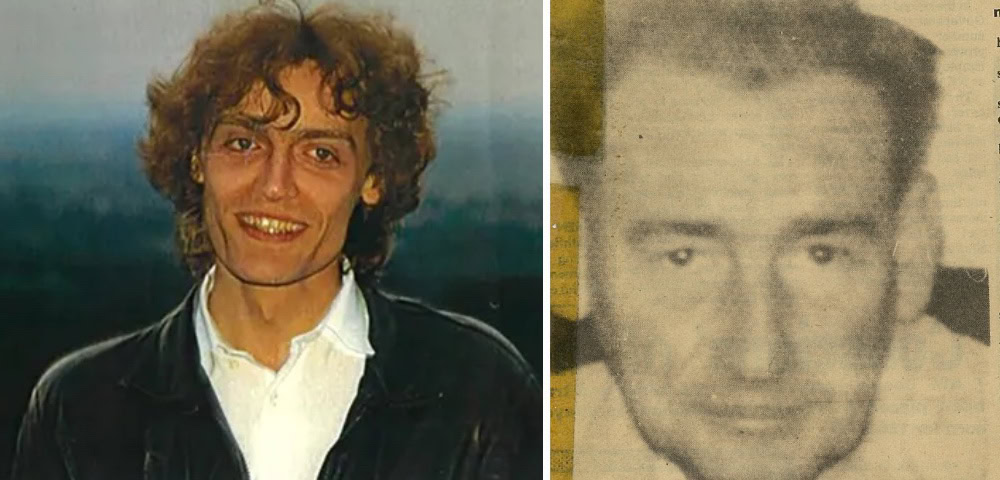
Crispin was a friend of mine and I was responsible for the $100000 reward and all this new evidence diminishes my faith in the NSWPF. I might also add that faith was at almost zero before this new evidence!!